
A photo shows exhibits at the Museum of the War of Chinese People's Resistance Against Japanese Aggression in Beijing's Fengtai district. (Photo by Wang Jing/China Daily)
Census ordered on artifacts of struggle between China and Japanese invaders
During the War of Resistance Against Japanese Aggression (1931-45), the Northeast Anti-Japanese United Army, a communist-led guerrilla force, put up strong resistance against Japan's occupation and the Manchukuo puppet regime it had established in Heilongjiang, Jilin and Liaoning provinces and part of the Inner Mongolia autonomous region.
To mark the 80th anniversary of the Chinese people's victory in the War of Resistance Against Japanese Aggression and the end of World War II, which will fall in 2025, the National Cultural Heritage Administration, the National Development and Reform Commission, and the Ministry of Finance issued a three-year plan on Monday to conduct a thorough census of the relics and artifacts from the period, and enhance heritage protection and utilization to improve remembrance and education.
For 14 years, the Northeast Anti-Japanese United Army waged an arduous struggle against the Japanese militarist aggressors.
The relics related to the War of Resistance include various sites and items illuminating the war and its legacy, which document the nature and conduct of the war, the lives of the soldiers who fought it, the ideas that motivated them, and the events that shaped the war and made it the first complete victory won by China in its resistance against foreign aggression in modern times, according to the plan.
The fourth national census of cultural relics, which began last month, will highlight the protection areas related to the war and beyond to grasp the scope of the war-related immovable cultural heritage sites. Meanwhile, a database will be established to promote information sharing and updates on these collections.
At the same time, the plan says, archaeological excavation work should be conducted in the anti-Japanese guerrilla bases, including Hongshilazi town in Jilin and Mulan county in Heilongjiang to uncover the hidden stories and the soldiers' living conditions.
At the Hongshilazi guerrilla base, excavation teams from the Jilin Provincial Institute of Archaeology have found more than 3,000 war remnants that have shed new light on the battlefields. After the Sept 18 Incident in 1931, the Hongshilazi site became one of the earliest anti-Japanese aggression bases under the leadership of the Communist Party of China.
The plan calls on local authorities to eliminate the potential risks that may endanger these sites and effectively improve protection measures. Museums and institutions should accelerate the digitalization of their collections and start restoration work.








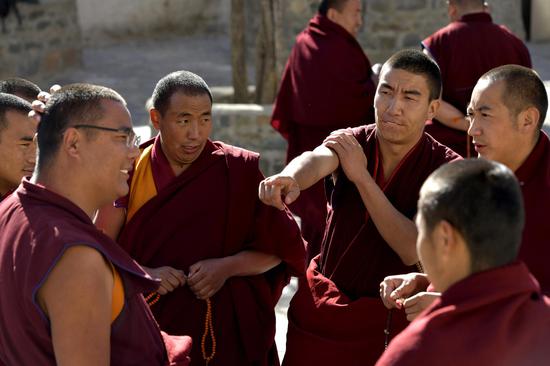
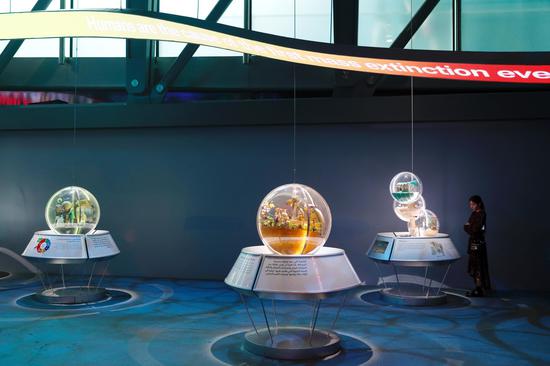
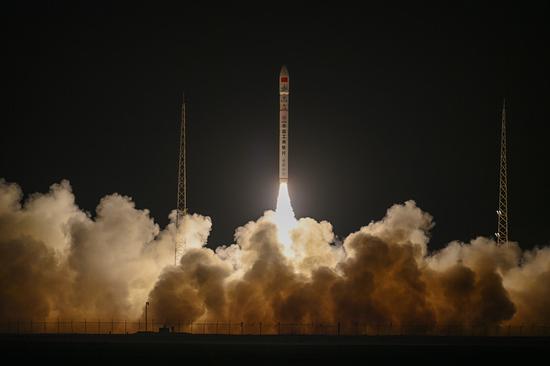







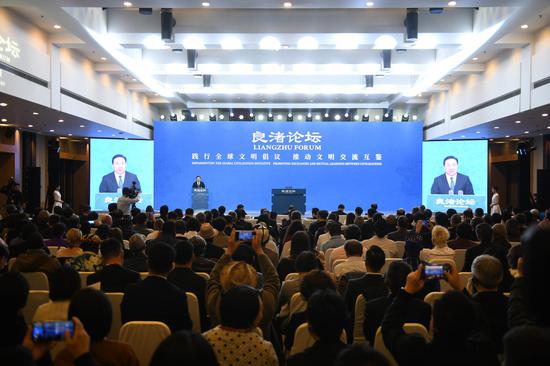




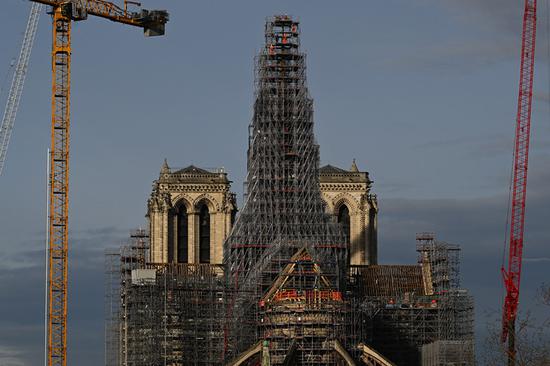

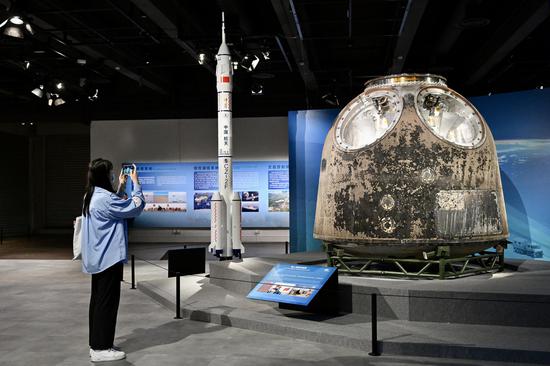
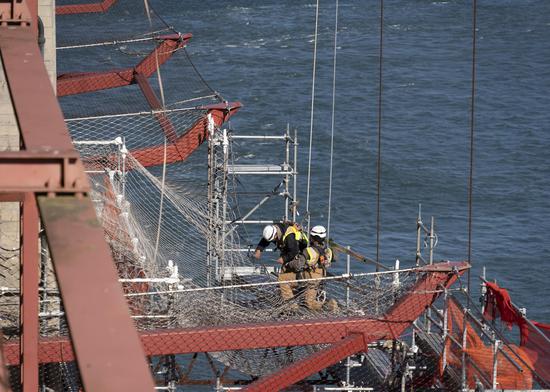

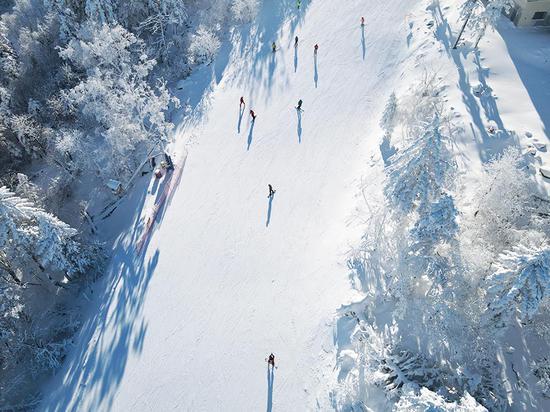


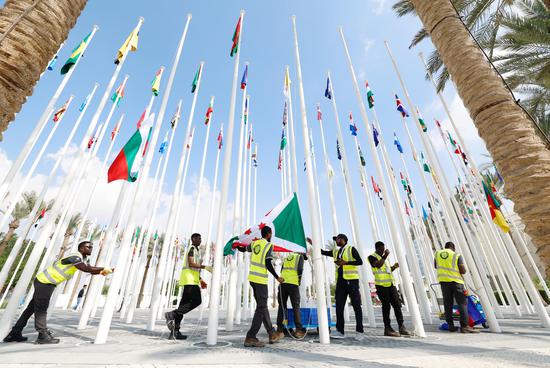


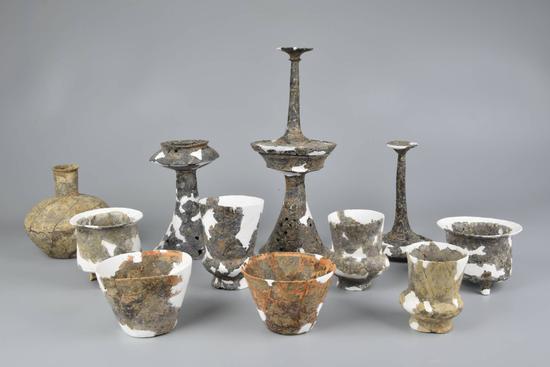
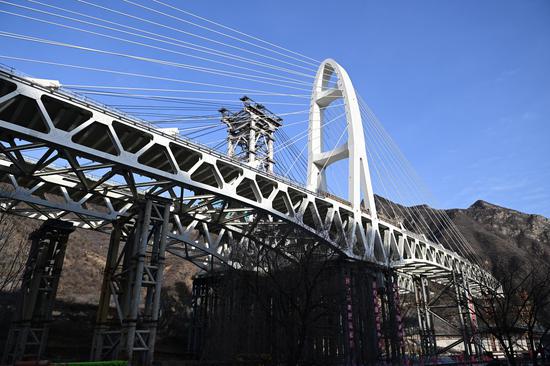
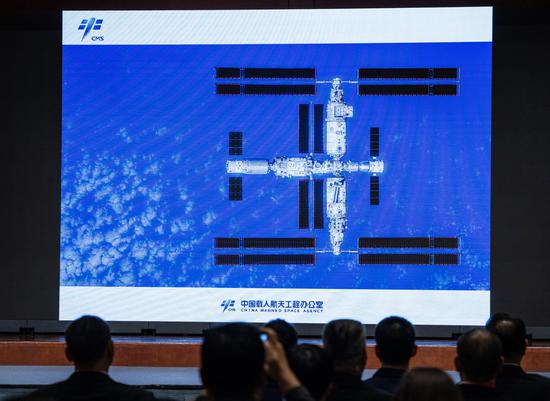







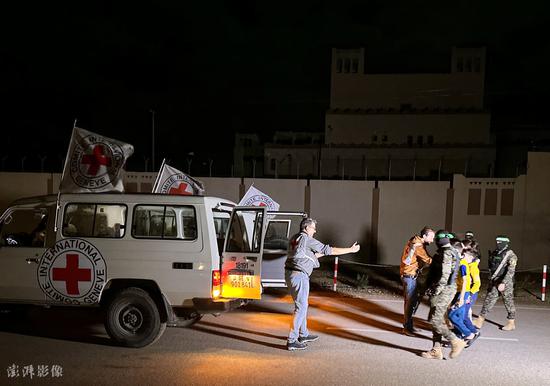



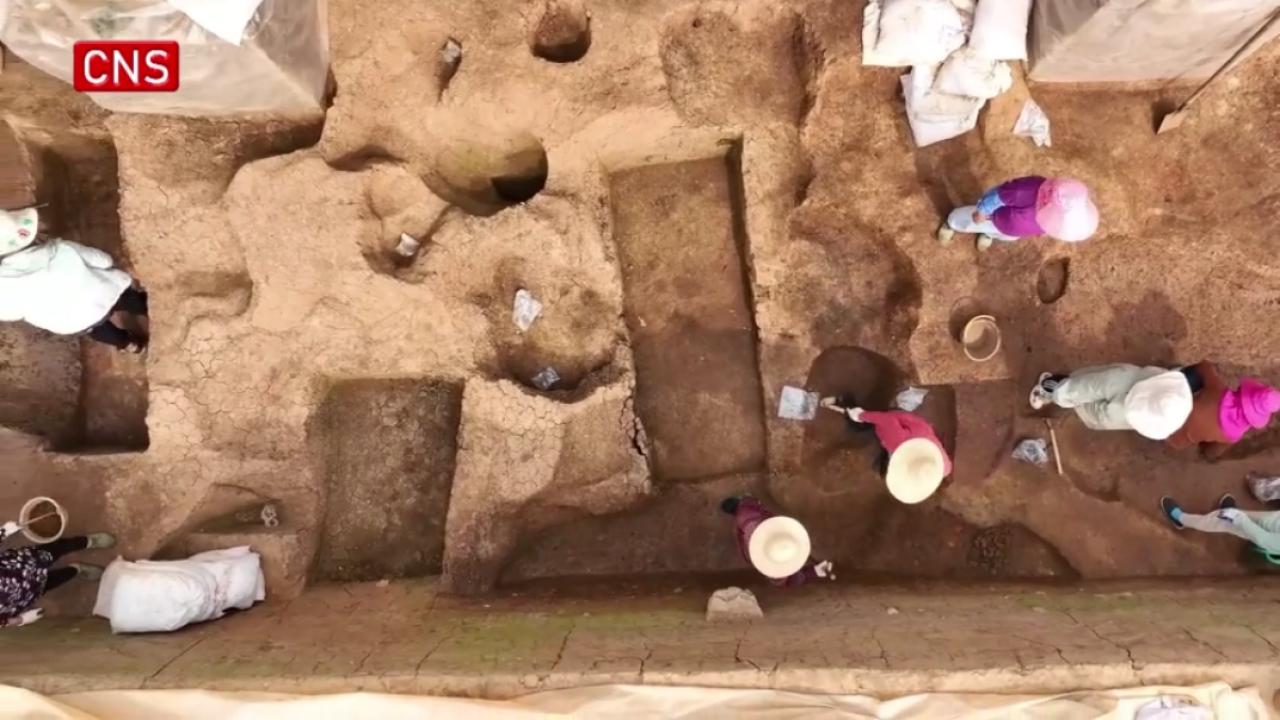

 京公网安备 11010202009201号
京公网安备 11010202009201号